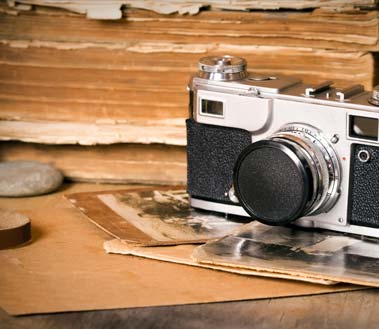
Basic Audio/Video Recording Pointers

Once upon a time, creating an audio or video message required extra equipment and extra people to help.
Now, with the technology available through smartphones, creating audio and video messages is easier than ever, but still not without challenge. The bullet points below can help ensure your messages are clear and crisp.
Before you start any recording, consider:
-
Background noises. Noises from an air conditioner or heater, fluorescent lighting and traffic can detract from your message. If you can turn off or mute those noises, it will help the quality of the recording.
-
Microphone location. For best sound quality, the microphone should be set up 6 - 12 inches away from the speaker's mouth. Too far away and the speaker will be hard to hear. Too close and the sound may be muffled or sound distorted.
-
Speaker's posture. For comfort and clarity, the speaker should be sitting or standing naturally with their head in a neutral position. Tucking the chin to speak down to a recorder can muffle the sound and change the tone of voice.
For video recording, consider:
-
Background visuals. Check to see if anything behind the subject could be distracting to the viewer. An open door, clutter on shelves or bright lights that are not focused on the subject can draw the viewer's eyes away and affect the impact of the message. As much as possible, try to have the background neutral and clean.
-
Lighting and clothing color choices. Your subject should be easy to see on screen and the lighting should be as natural and flattering as possible. Watch for shadows on your subject's face. Moving lights around in the room may help you get the look you want. If you are using a wall as a background, ask the subject to dress in a color that will contrast well with the wall color.
-
Size of subject in the frame. More than other items, this factor affects the emotional impact of the story. The closer the camera is to the subject, the better the viewer will be able to see the subject's emotional state. For an intimate message, a close-up may be appropriate. For a family history, a medium shot may be better, particularly if you are filming more than one family member.
-
Camera angle. For the most natural look and feel, ensure that the camera is set at eye level with the subject. This will help strengthen the connecction through eye contact between the subject and viewer.
-
Length of video. If your message is quick - a minute or two - holding the video camera by hand should work fine. For a longer video, especially a family interview, consider using a tripod or placing your video camera on a stable surface.
